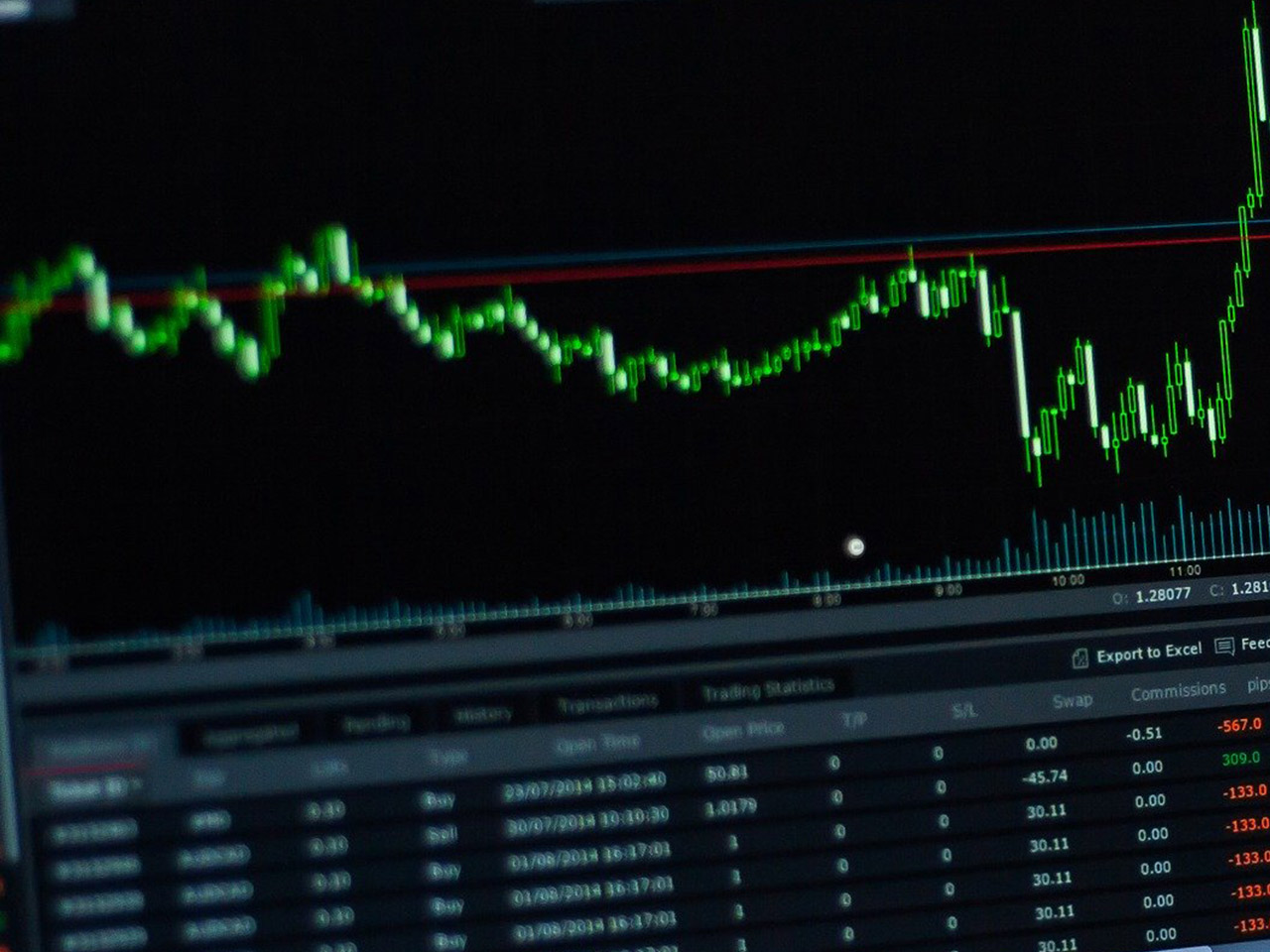Bluefield Solar Income Fund Li (BSIF.L) is currently navigating through a dynamic market environment, as reflected by its latest financial and stock metrics. With a market capitalization standing at $447.02 million, the fund’s current price is 75.5 GBp, marking a slight dip of 7.80 GBp or 0.09%. The 52-week range reveals a broad spectrum between 75.50 GBp and 107.00 GBp, indicating significant volatility over the past year.
One of the notable aspects of Bluefield Solar Income Fund is the absence of specific sector and industry classifications, which suggests a unique positioning in the market that transcends traditional boundaries. This lack of classification could imply a diversified or niche strategy that may appeal to a certain segment of investors seeking alternative investment opportunities beyond the conventional sectoral constraints.
Despite the absence of traditional valuation metrics such as P/E Ratio, Price/Book, and Price/Sales, the fund’s technical indicators provide some insights into its current market sentiment. The 50-day and 200-day moving averages are 86.93 and 90.51 respectively, both of which are above the current trading price. This suggests a bearish trend, further supported by the Relative Strength Index (RSI) of 23.44, indicating the stock is in oversold territory. The MACD of -1.54 compared to the Signal Line of -1.23 also aligns with this negative sentiment, pointing towards a potential continuation of the downtrend.
Analyst ratings and target prices for Bluefield Solar Income Fund are currently nonexistent, leaving investors without a consensus benchmark. This lack of coverage could be attributed to the fund’s niche market positioning or its unique investment strategy, which might not fit standard analytical models.
Dividend information, another critical factor for income-focused investors, is unavailable, making it challenging to assess the fund’s income-generating potential. Investors typically attracted to solar income funds would likely consider dividend yield and payout ratios as part of their decision-making process, and the absence of this data could be a significant factor in investment deliberations.
For investors with a keen interest in the renewable energy sector, Bluefield Solar Income Fund’s current market dynamics present both a challenge and an opportunity. The fund’s absence of detailed financial metrics and analyst coverage might deter those seeking transparency and consensus, but it could also appeal to contrarian investors or those with a penchant for exploring uncharted investment territories.
As the market continues to evolve, particularly within the renewable energy space, Bluefield Solar Income Fund’s performance will be an interesting one to watch. Investors will need to weigh the potential risks of its current technical downtrend against the opportunities that may arise from its distinct market positioning and any future developments in the solar income sector.





































